How Understanding Dependent-Arising, the Idea of Inter-Being, Can Help People Live More Sustainably
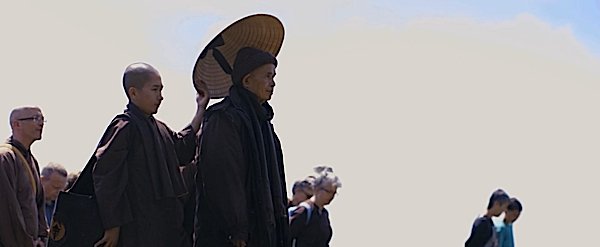
“Nothing can be by itself alone, no one can be by himself or herself alone, everyone has to inter-be with everyone else. That is why, when you look outside, around you, you can see yourself.” —Thich Nhat Hanh
Buddhism teaches us that all phenomena arise in dependence on causes and conditions. Nothing exists in isolation. For instance, a humble plant needs sunlight and oxygen to survive, and human beings, in turn, need plants, as well as sunlight and oxygen, to thrive. When we destroy plants’ oxygen supply by emitting greenhouse gases or razing forests, we may make short-term material gains, but in the long run, we harm ourselves. This is the idea espoused by Buddhist monk and teacher, Thich Nhat Hanh. The latter referred to the state of “interbeing” as one that all sentient things share. For instance, a beautiful flower “inter-is” with the soil, sun, air, pollinator insects, and the gardener. The concept of interbeing encourages compassion, responsibility, and mindful living. In this sense, it fully aligns with the teachers found in ancient and modern Buddhist scriptures.
By Karoline Gore

Buddhist Sutras on Connectedness
The Nidana Sutta and Majjhima Nikaya discuss causality and interdependence. They espouse that all phenomena are dependent on various “causes and conditions;” nothing arises independently. This means that no system, be it ecological, social, or economic, exists independently. Participating in one harmful action (such as deforestation) has powerful effects not only on the forests themselves but also on wildlife, carbon cycles, and local communities.
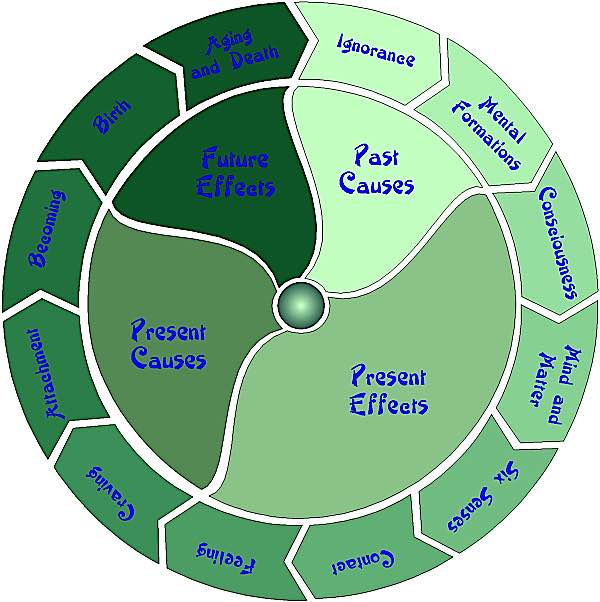
The Anguttara Nikaya, meanwhile, advocates for compassion toward all sentient beings. The concept of paticca-samuppada (dependent origination) also sees all things as being connected. This concept is related to the idea of non-harm or ahimsa. As the first precept in the Pancasila stipulates, Panatipata veramani sikkhapadam samadiyami (an undertaking to refrain from killing living things). Countless examples of Buddhist teachings and stories, such as those found in the Jataka Tales, remind readers of the importance of respecting animals and protecting our forests and wildlife.
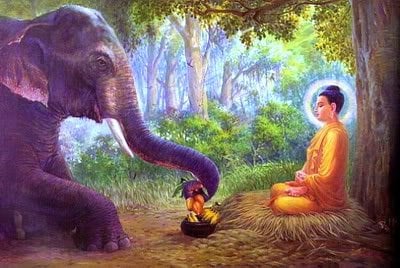
Thich Nhat Hanh’s Connectedness
Thich Nhat Hanh’s writing illustrates the extent to which the concept of interconnection, or interbeing, requires human beings to do their part for sustainability. His book The World We Have: A Buddhist Approach to Peace and Ecology (2008) calls for a spiritual revolution; one in which human beings accept their symbiotic relationship with nature and fight for the environment in the same way they would fight for their loved ones.
Thich Nhat Hanh taught that the key to connected living is to “fall in love with our Planet.”
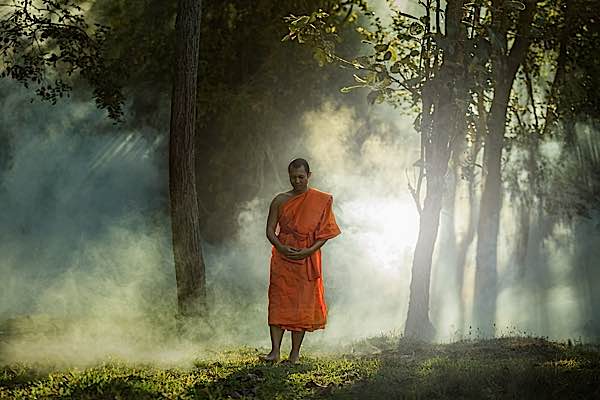
People can do this in many ways—by spending time in nature, taking part in conservation efforts, backing sustainable companies and local food producers, and merchants. People don’t need to stop enjoying life; they simply need to embrace the idea of sustainable procurement—the practice of enjoying the things we need to survive (such as food and clothing) in a way that minimizes negative environmental, social, and economic impacts. Many governments, for instance, the US government, are encouraging this practice—for instance, by obliging federal agencies to rely on local producers. Doing so can reduce the carbon footprint associated with transporting goods from afar.

The Role of Mindfulness
Thich Nhat Han recommends mindfulness as a means to “give back” just a portion of what the Earth gives us. When we are mindful of how we consume, produce, and interact with the natural world, we align our actions with values such as environmental stewardship. When selecting clothing, food, or even packaging, it is essential to be aware of the environmental policies of different companies. Only then can consumers make their voices heard and inform manufacturers of their deep commitment to sustainability. People can also express their love for the environment through daily efforts such as mindful walking and mindful eating. These activities involve keeping the mind in the present moment and enjoying and being grateful for the bounties the earth provides us with daily.

The language of interbeing was developed by Vietnamese author Thich Nhat Han, but it is rooted in ancient texts that emphasize the interconnectedness of all sentient beings. By understanding that every action that affects their environment also affects them, people can make smarter choices. Equally important is enjoying, loving, and experiencing the planet with a mindful approach. It is, after all, easier to protect and love what one knows.

1 thought on “How Understanding Dependent-Arising, the Idea of Inter-Being, Can Help People Live More Sustainably”
Leave a Comment
More articles by this author
Search
Latest Features
Please support the "Spread the Dharma" mission as one of our heroic Dharma Supporting Members, or with a one-time donation.
Please Help Support the “Spread the Dharma” Mission!

Be a part of the noble mission as a supporting member or a patron, or a volunteer contributor of content.
The power of Dharma to help sentient beings, in part, lies in ensuring access to Buddha’s precious Dharma — the mission of Buddha Weekly. We can’t do it without you!
A non-profit association since 2007, Buddha Weekly published many feature articles, videos, and, podcasts. Please consider supporting the mission to preserve and “Spread the Dharma." Your support as either a patron or a supporting member helps defray the high costs of producing quality Dharma content. Thank you! Learn more here, or become one of our super karma heroes on Patreon.
Karoline Gore
Author | Buddha Weekly








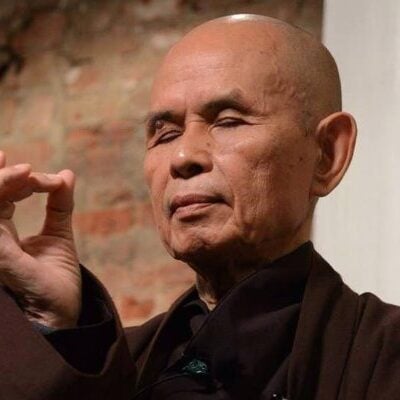





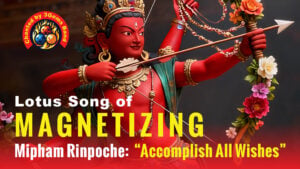
Actually – plants need carbon dioxide and sunlight to grow..not oxygen….photosynthesis. Carbon dioxide is plant “food”…plants use it to grow…and release oxygen for us …animal and human “food”..so yes we are indeed reliant on one another.